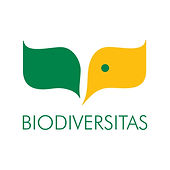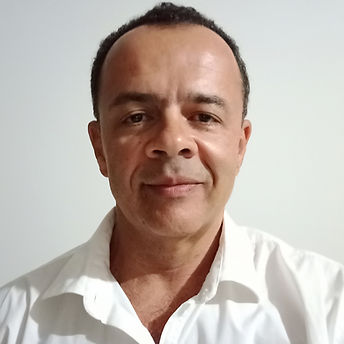
What is a HotSpot Patron?
An entity or person who deeply values nature and is moved into action to support those who protect the Earth’s biodiversity
Just how does it work at HotSpot Patrons?
1
Unique program that seeks to address a missing link in conservation financing by supporting private and community nature reserves
located in biological hotspots. These reserves are crucial for the preservation of species yet often fall between the cracks when it comes to funding as they may not qualify for government or multilateral financing.
Biodiversity Loss
We are currently experiencing the worst rate of species die-offs since the loss of the dinosaurs 65 million years ago
Biodiversity Hotspots in Numbers
Conservation Imperatives in Numbers

Why Focus on Biological Hotspots and Conservation Imperatives?
The world’s 36 recognized biological hotspots cover approximately 2.5 percent of the Earth’s land surface, yet over 50% of the world's plant species and 43% of terrestrial vertebrate species inhabit these regions. Most plants in a biodiversity hotspot are endemic, meaning they are not found anywhere else on Earth. Conservation Imperatives are specific unprotected areas harboring the Earth's most threatened species and cover only 1.2 % of the Earth's surface. Focusing limited resources on these hotspots of biodiversity may be the best strategy to save species and landscapes.
Between 70%-90% of the remaining unprotected native vegetation in the Earth’s biodiversity hotspots occurs on private lands. For example, 87% of the remaining unprotected native vegetation in Brazil’s Atlantic Forest is located on privately owned lands. To save these incredible biomes it is crucial to support the creation, expansion, and maintenance of private nature reserves and increase their conservation impact.
Why Private Lands Conservation?
Our Team & Advisors
Dedication. Expertise. Passion.
Our Field Partners Brazil
Our partners























